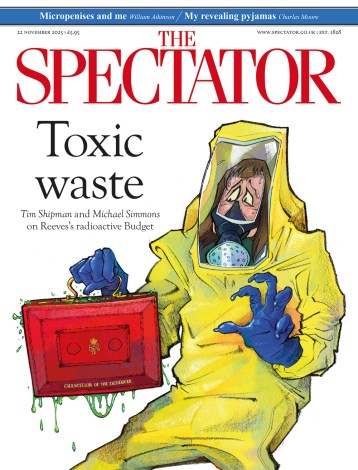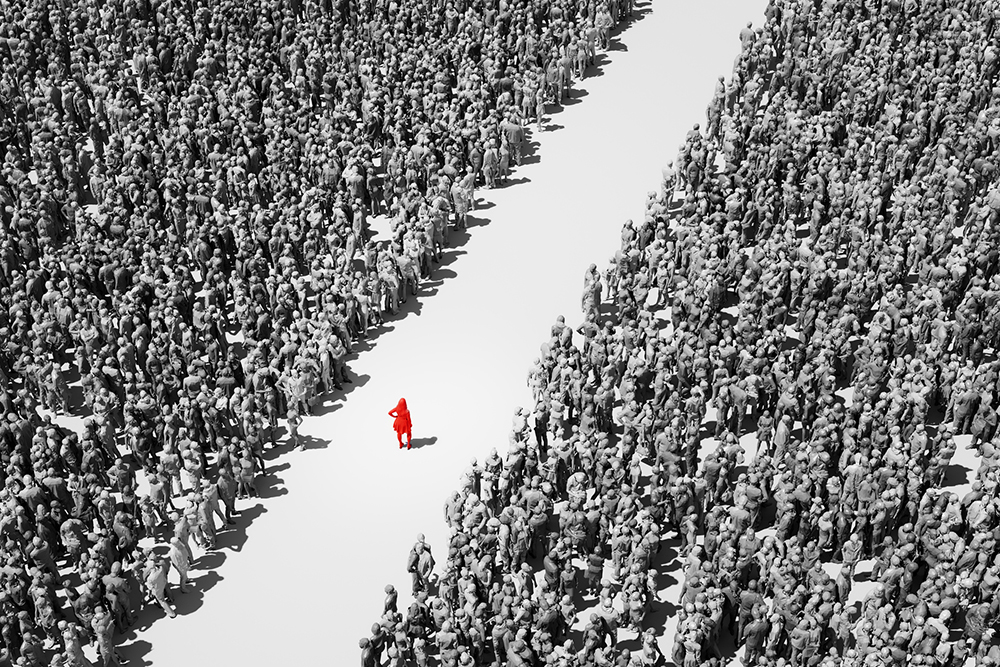December is when about 90 per cent of Baileys consumption takes place, and yet nobody really knows why. I used to work at an ad agency called Young & Rubicam, and we had the Baileys account. We’d spend all year writing ads to persuade people to drink it at some point – any point – between January and November, but to no avail.
Baileys was never intended as a Christmas tipple
Baileys introduced more summery variants: strawberries and cream flavour, apple strudel, even ‘Baileys colada’. For these, we wrote ads featuring happy drinkers in straw boaters, German lederhosen and loud Hawaiian shirts, but the British public gave a big thumbs-down to all of it. Come 1 December, however, they’d again start caning Baileys, overwhelmingly favouring its original flavour. That flavour is a rich, sweet combination of (sort of) Irish whiskey, (sort of) chocolate and (sort of) vanilla, but it doesn’t taste too strongly of any of them. It just tastes of ‘Baileys’, and we all know what that means.
Baileys’ parent company has had a lot more success selling Baileys-flavoured foods than a Baileys drink flavoured with strawberries, apples or coconuts. They’ve shrewdly licensed the name and flavour to manufacturers of chocolate truffles, ice cream, biscuits and yule logs.
Yet Baileys was never intended as a Christmas tipple. It was created in 1973 at the whim of a marketing guru called Tom Jago, who wanted to create a new liqueur using Irish whiskey. He’d been asked to help a loss-making distillery expand its sales abroad and was encouraged by promises from the Irish finance minister of tax incentives for anyone who created a successful export product. The distillery’s parent company also owned a group of dairies that were producing a surplus of milk. So Tom decided to mix the milk and whiskey with some powdered chocolate, and Baileys was born.
Baileys was named after a long-gone Soho bistro because, in the 1970s, it wasn’t fashionable to be Irish. Had Baileys been launched 20 years later, it might have proclaimed its provenance with a name like Paddy O’Flanagan’s or even Licéar Uachtar Gaeilge, but the more neutral ‘Baileys’ has served it well.
I worked with Tom about 20 years ago on the launch of Jago’s, a vodka cream liqueur he’d concocted to be as associated with summer as Baileys is with Christmas. Guess what? It wasn’t.
Baileys, I think, has now accepted that its sacred intoxicant is bought almost exclusively in December. Though they should count their blessings because it’s bought by the truckload, selling more in a month than most other liqueurs manage in a year. So why haven’t other drinks companies tried to replicate Baileys and drink up some of its market share?
Reader, they have. When I was writing ads for Baileys, a rival agency called DDB wrote a great TV ad for a challenger brand called Carolan’s. The ad featured Terry Wogan, sitting by the fire, nursing a crystal tumbler of Carolan’s, which he lovingly describes. ‘Authentically Irish,’ he said, ‘Like meself. Smooth and lovely – like meself. With a bit of spirit – like meself.’ Taking a sip, he says, ‘And usually drunk after dinner…’ Then he raises an eyebrow to the camera.
Carolan’s did everything right, but even with the mighty Wogan, they failed to bother Baileys. The same is true for any supermarket’s attempt to launch a faux version of the original. For the Christmas customer, it’s Baileys or nothing. And yet we’re no nearer to discovering how, why or when Baileys became a real Christmas tradition. Probably around the time Die Hard became a real Christmas film. And if I had to describe Baileys’ December devotees, that’s the word I’d use: diehard.








Comments